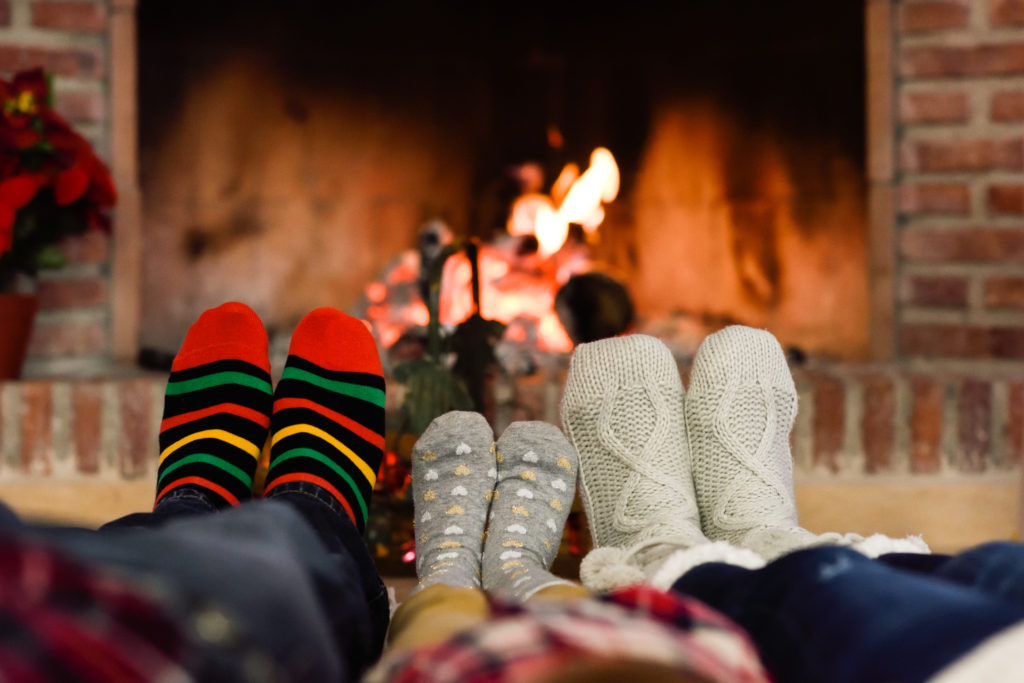With the cold season just around the corner, our main focus is to upgrade our wardrobe essentials. However, it’s equally important to ensure that our homes are ready for the transition to a drastic temperature decrease in the upcoming months.
Today, we’ll explore five ways to upgrade your home in terms of energy consumption, security and maintenance.
Exterior maintenance
Since you’re about to turn on the heat, it might also be a good idea to check every door and window in your home. As time goes by, the seals can degrade and lead to small holes that allow cold air from outside to enter your room.
Naturally, you should also check windows for small cracks which can grow in size and eventually break due to drastic temperature changes.
Smoke alarms
Every time you adjust the clocks for the bi-annual time change, you should also replace the batteries in your smoke alarms. In fact, you should also replace the smoke alarm itself at a certain point.
The U.S. Fire Administration recommends everyone to get a new smoke alarm every ten years. You can find the manufacture date right on the underside of your smoke alarm.
Aside from your safety, another benefit of replacing this device is technological progress. Smoke alarms nowadays are considerably more clever than they were years ago and can even be connected to other devices such as smartphones or Alexa.
Foliage trimming
During spring and summer, every plant in your backyard from trees to bushes thrives, creating a wonderful oasis of relaxation. As the fall sets in, though, tree branches may lose their strength and some might even become dangerous.
For example, if you own a large tree that has branches hanging over the roof, it’s best that you consider cutting that part of the tree off. Although they may seem very stable right now, such trees will have to stand the test of potentially extreme weather changes (think windstorms or snow).
If you care about the environment, you can use such branches to warm yourself up (if you own a chimney) or you can even start a DIY project to build new furniture or decorations.

Heating system, fireplace, chimney
Ideally, your HVAC system should be inspected twice a year: once, before you turn on your air conditioner for the hot season and the second time just before turning the heat on. These devices usually accumulate plenty of debris and microbes over time; furthermore, some may even have malfunctions when you turn them on after a while.
If you have a chimney or a fireplace at home, fall is also a great time to have them checked by a specialist. If you want to perform this task yourself, make sure that the flue is opening correctly and the chimney is clear of soot. Aside from your comfort, these steps are also essential for you and your family’s safety.
Another place that might cause a fire is your dryer vent. In order to prevent such unfortunate events, you should clear out your dryer vent every couple of months.
Lawn and garden tools
Since we’re talking about the big outdoors, your lawn – and maintenance tools! – should also get their fair share of attention this season.
Ideally, you should give your lawn the last mow of the season by late October. This process also involves cleaning your law mower thoroughly and drain any remaining fuel. The same rule applies to any other lawn equipment powered by gas that you have used during the hot season. Why?
If you leave any machine filled with gas without using it for months, you might be unpleasantly surprised to find it’s no longer working when you start utilizing it again next spring.
Much like lawn maintenance tools, the sprinkler system also needs to be drained completely to avoid any damage caused by the lower upcoming temperatures; note that hose bibs that remain connected over the winter may burst as the temperatures dip, so make sure to take care of every detail.
After all, it’s better to be safe than sorry, right?


























